Kenya’s Rift Valley
The story of Kenya’s Europeans such as the 5th Baron Delamere, who died recently, is one of hard work. In late 1897 his grandfather, the 3rd Baron, rode his horse up the Rift Valley’s eastern escarpment into the highlands. For a year he had been trekking through Somalia’s burning deserts and now he saw cool waters, green grass and fresh winds. “Here was a promised land, the realization of a Rider Haggard dream of a rich and fertile country hidden beyond impenetrable deserts and mountains… a modern Eldorado, waiting only for recognition,” wrote his biographer Elspeth Huxley.
The 3rd Baron rose at 4 a.m. daily and over several decades he led on the development of East African agriculture, adapting Australian merino sheep and dairy cattle from Europe to tropical conditions, improving indigenous Boran beef herds, diving into poultry, wheat and just about everything else you see on a modern farm in Kenya today. To pay for their African agricultural dreams, the Delameres sold off their 7,000-acre estate in Cheshire, their Vale Royal Abbey home that had been in the family for 322 years, Holbein’s portrait of Catherine Howard, Brueghel the Younger’s Census at Bethlehem, together with one of England’s most extensive libraries that included early Bibles and original editions of Chaucer, Milton, Hobbs, Culpeper and Malory.
Nobody in Kenya’s history ever did so much for farming, but the 3rd Baron died with £400,000 of debts in 1931 and his 150,000 acres of farmland went into receivership with the Bank of India. His son, the 4th Baron, went to live in Europe and fight in the war, but worked hard and made enough money to buy his Kenyan farms back by the late 1940s.
Like his father, he devoted frenetic energy to developing Kenyan agriculture. Following metropolitan Britain’s disgraceful handling of Mau Mau, the 4th Baron became close friends with the country’s founding president, Jomo Kenyatta.
“There is no society of angels, black, brown or white,” said Kenyatta at a speech to white farmers in Nakuru in 1963, an event arranged by Delamere himself. “If I have done a mistake to you, it is for you to forgive me. If you have done a mistake to me, it is for me to forgive you.” The president got a standing ovation and Delamere then led in the surge of Europeans who opted to become citizens of the new nation. Kenyatta got the very first passport, Delamere the second.
In the following years, Delamere helped oversee a British-financed scheme in which white farmers sold their land at fair prices to the Kenyan government, which then distributed farms to African smallholders. Though much of the land was handed out to Kenyatta’s cohorts, this transfer of land did help to secure the country’s stability for decades, and while neighboring countries sank into revolution and war, in my home country there was respect for private title, enterprise, a degree of pluralism, common law and the English language.
The 5th Baron, Hugh Cholmondeley, raised in England and more fluent in Latin than Swahili by the time he returned to Kenya in 1958, made the family farm of Soysambu in the Rift Valley his home until he died the other day. Whereas his father had engaged in the politics of decolonization, Hugh steered well clear of it. In 1998, when dozens of white Kenyans kowtowed to the authoritarian president Daniel arap Moi on his lawn at State House in Nairobi, Hugh was noticeably absent. The tragedy of his life came when his son Tom was charged for shooting people dead on two separate occasions. He committed neither crime, as is well known among many in Kenya, but Tom, a friend of mine, spent several years languishing in Kamiti Maximum Security Prison, where he introduced adult education courses, while redoing the electrical wiring and successfully lobbying for improvements in prison conditions.
When, after his release from jail, Tom died during a hip operation, his parents made sure they stayed alive long enough to see his two sons reach adulthood. The 5th Baron was a bibliophile and had one of the best toy train sets in the world. On his own land, he shot probably 350 buffalo during his life, which is a large number even for a veteran professional hunter. He gave the impression of being a man who did not have a job, but when he died at the age of 90, he was running 6,000 beef cattle on Soysambu’s 46,000 acres and he had set up a wildlife conservancy, various successful tourism businesses and philanthropic projects. The estates’ tenants farm 3,000 acres of wheat, 1,500 acres of avocados and vegetables; there are diatomite and sand mines, a petrol station, curry house, a shopping mall and poultry farms.
Shortly before his death, Hugh revealed that after nearly 130 years in Kenya, the Delameres did not owe any money to the bank. I only hope many more generations of Delameres stay on to do well in Kenya.
This article was originally published in The Spectator’s UK magazine. Subscribe to the World edition here.



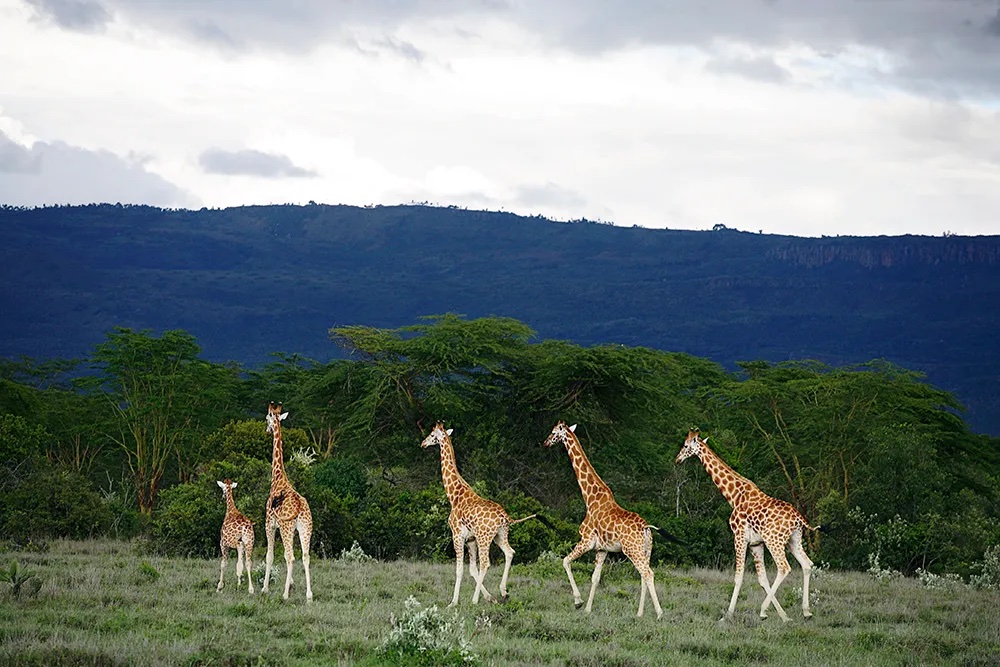







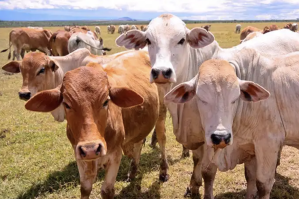
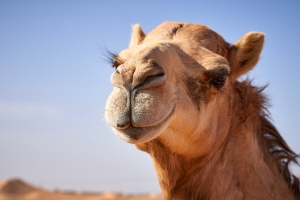
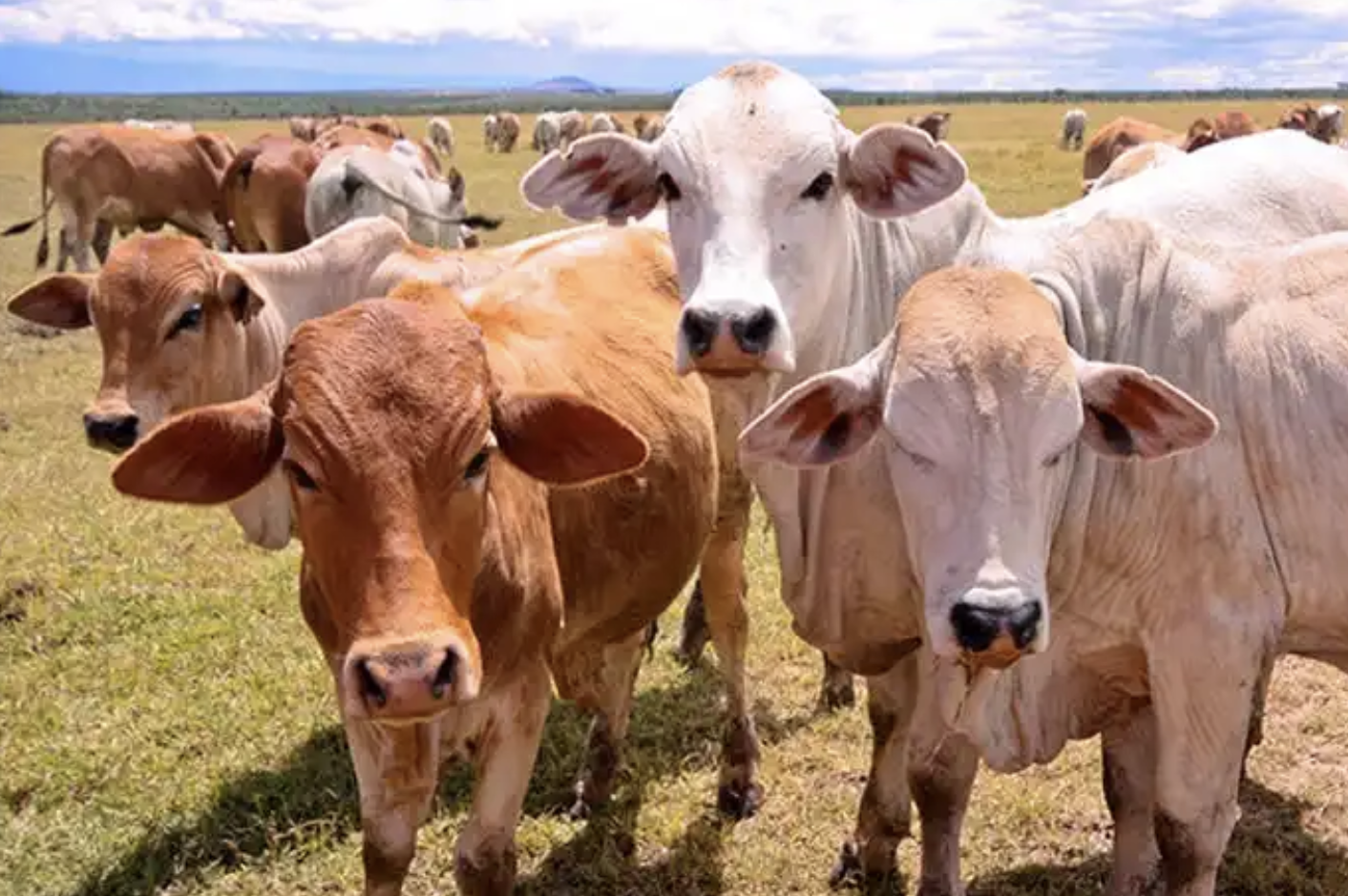


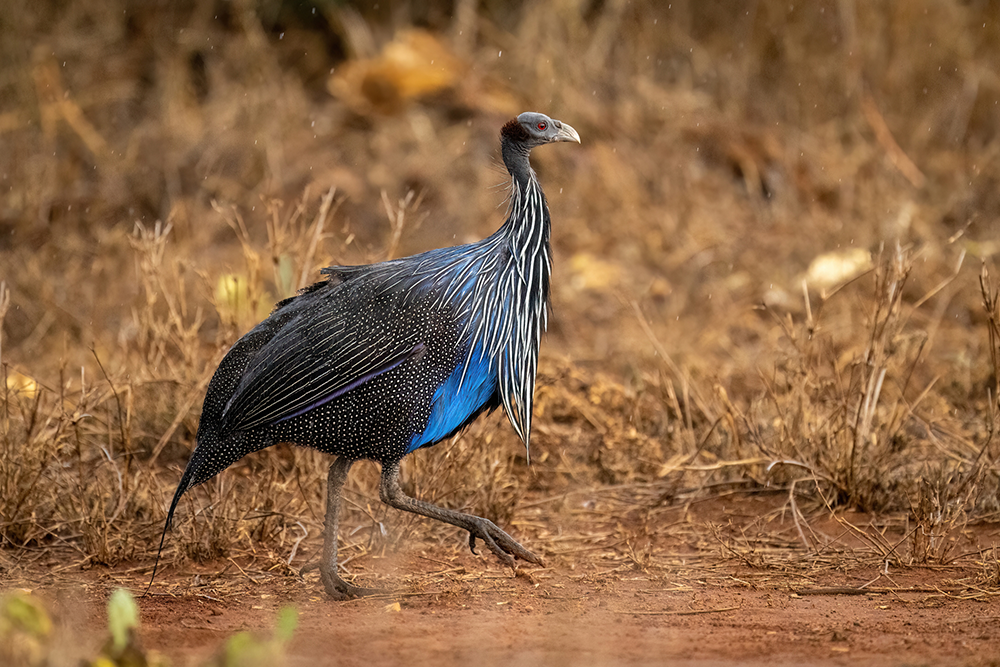
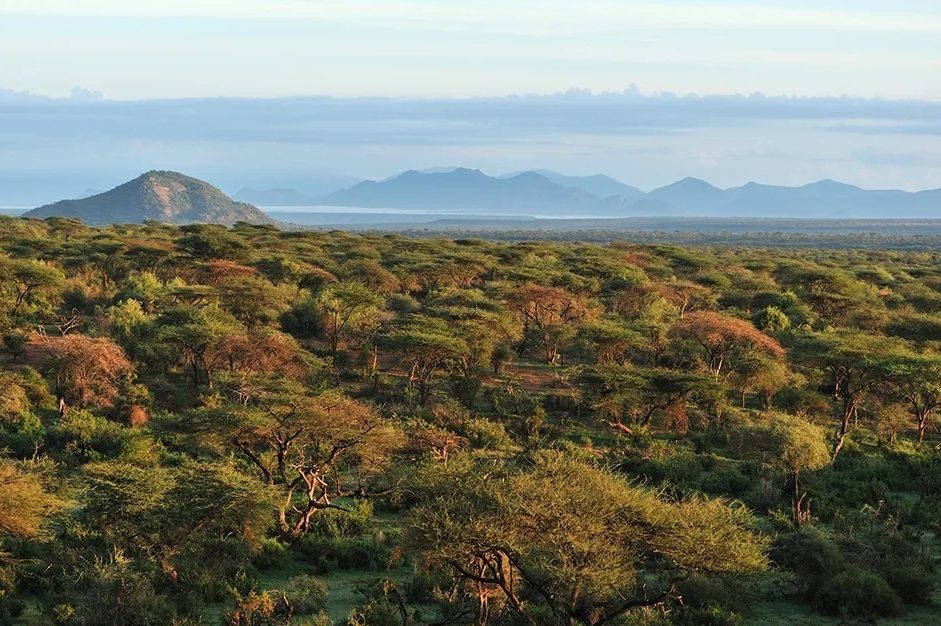








Leave a Reply